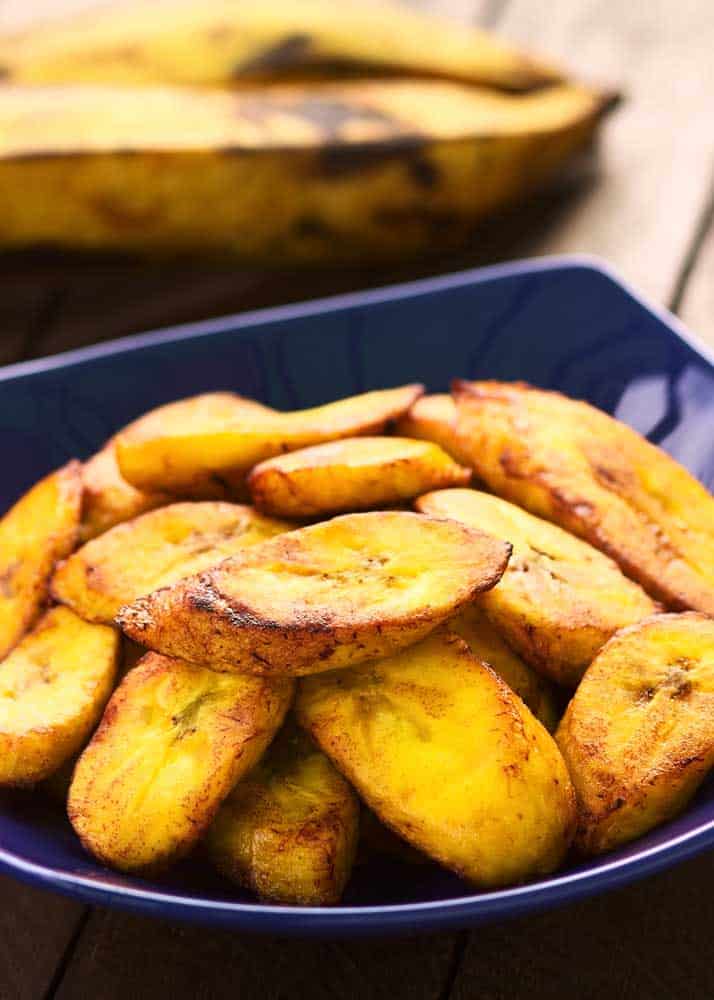What defines the essence of Nicaraguan cuisine in Los Angeles? The vibrant tapestry of flavors found in this Central American culinary tradition is a testament to its rich history and diverse influences. Nicaraguan food, often overlooked in comparison to its Mexican counterpart, offers a lighter yet equally satisfying experience that deserves exploration. From gallopinto to nacatamales, each dish tells a story of cultural fusion and authenticity that captivates the palate.
Los Angeles, known for its multicultural dining scene, has become a hub for exploring various international cuisines. Among these, Nicaraguan eateries have carved out their niche, offering authentic experiences rooted in tradition. One popular destination mentioned by enthusiasts is Portobancos, where visitors can sample fritangas—a staple of Nicaraguan street food culture. However, opinions vary; while some find it merely acceptable, others rave about its charm. This diversity of feedback underscores the subjective nature of taste but also highlights the growing interest in lesser-known Latin American dishes within the city's gastronomic landscape.
| Category | Details |
|---|---|
| Name | Portobancos |
| Location | Los Angeles, CA |
| Cuisine Type | Nicaraguan |
| Signature Dishes | Fritangas, Gallopinto, Nacatamales |
| Website | Portobancos Official Site |
Beyond Portobancos, there are other establishments worth noting. For instance, Nicaraguan Food Restaurant Abilene, despite being located outside LA, serves as an excellent reference point for understanding the nuances of this cuisine. Its menu emphasizes traditional recipes passed down through generations, focusing on simplicity and freshness. Customers appreciate the absence of overwhelming spices, which allows natural ingredients to shine. Signature offerings include beef asada accompanied by beans and rice, along with side dishes such as salad and pico de gallo. Such combinations reflect the balanced approach characteristic of Nicaraguan cooking.
Exploring further into what makes Nicaraguan food unique reveals fascinating insights. Historically influenced by Spanish colonization, indigenous practices, and African traditions, the resulting fare combines elements from all three sources seamlessly. Staples like corn, beans, plantains, and yuca form the backbone of most meals. Gallopinto, made from fried rice mixed with cooked red beans, exemplifies this principle perfectly—it’s both versatile and comforting, enjoyed at breakfast or anytime throughout the day.
Another highlight is nacatamales, large steamed corn dough packets filled with seasoned meat, potatoes, and vegetables. These labor-intensive creations symbolize hospitality and celebration in Nicaraguan households. Similarly, vigorón consists of boiled cassava served alongside curtido (cabbage slaw) and chicharrones (fried pork rinds), creating a delightful contrast of textures and tastes. Other notable mentions include chancho con yuca, grilled pork paired with cassava, and güirilas, green plantain tortillas topped with cheese or eggs.
In New York City, once home to several Nicaraguan restaurants, options remain limited today. Nevertheless, those familiar with the cuisine express nostalgia for its distinctive qualities compared to broader Latin American fare. Rice and beans dominate many plates here too, albeit prepared differently depending on regional preferences. Authenticity remains key when replicating these dishes outside Nicaragua itself, requiring adherence to time-honored methods rather than shortcuts.
For anyone planning a trip to Nicaragua or simply seeking new culinary adventures closer to home, delving deeper into its food culture promises immense satisfaction. Whether savoring homemade indio viejo stew infused with spices and herbs or indulging in sweet treats like quesillo wrapped in banana leaves, every bite connects diners directly to centuries-old traditions still alive today. Moreover, supporting local businesses specializing in Nicaraguan cuisine helps preserve this invaluable heritage while enriching our collective appreciation for global flavors.
Ultimately, embracing Nicaraguan food means more than just trying something different; it signifies celebrating diversity in its purest form. Each ingredient carries significance tied to specific regions within the country, ensuring no two preparations will ever be identical. As cities continue evolving demographically, so too does their food scene expand accordingly—offering opportunities for discovery and connection across borders. So next time you're craving something beyond typical tacos or burritos, consider venturing into the world of Nicaraguan delights instead!




